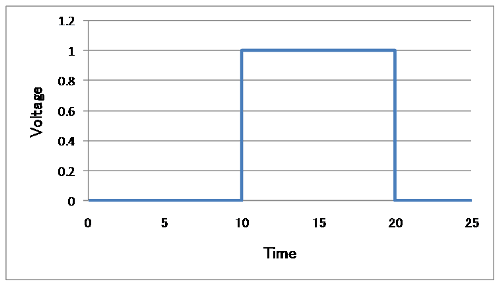Noise Suppression Products / EMI Suppression Filters / ESD Protection Devices

Noise Suppression Filter Guide
In the previous lesson, the problem of electromagnetic noise in electronic products and the need for noise countermeasures were discussed. The first question that springs to mind is why not obviate the need for noise countermeasures by designing the products so that no noise will be generated in the first place? The countermeasures would not be needed if the products were designed in this way, but the reality is such that it is not so easy to implement this kind of design. As a matter of fact, some of the signals in digital circuits become noise themselves.
Square wave signals (with waves shaped like squares which go back and forth between two values every fixed period of time) are usually used in digital circuits. However, these square waves have a great number of frequency components.

The following figure shows an example where the harmonics (waves with frequencies which are integral multiples of the fundamental waves) of sine waves are superimposed on one another. It is clear that the greater the number of harmonics, the closer they approach square waves. Square waves correspond to what is produced by the repeated superimposing of these harmonics.

In other words, it means that a great many frequency components are contained in the square waves used by digital circuits and that many components with high frequencies are contained.
When AC current flows through a conductor, it is radiated as radio waves to a greater or lesser extent, and the higher the frequency of the current, the more easily it is radiated as radio waves. It is for this reason that high-frequency radiation is regulated by noise controls. It is clear from the above that some of the square wave signals flowing through digital circuits are controlled as noise. In other words, insofar as digital circuits operate, noise waves will be emitted. However, a glance at the previous figure shows that these waves come to resemble square waves to some extent even if higher-order harmonics are not included. Therefore, if only the signals with the high frequencies among the digital signals could be removed, it would be possible to remove the harmonic components which pose problems as noise while preserving the waveforms that are close to square waves. This approach is used by EMI suppression filters functioning as low-pass filters. It is difficult to regulate the job of "removing the harmonic components," and if the frequencies which are too low are removed as well, the signal waveforms lose their shape, causing the operation timing of the digital devices to be thrown into disarray or errors in operation to occur. Conversely, if the frequencies are not removed sufficiently, the noise countermeasures will no longer be adequate. As a result, parts with many and varied noise countermeasures have been made available, and it has become important to know which parts to use.
In actuality, the harmonic components of the square waves of digital circuits do not constitute the only source of noise. Also present are the switching noise of switching power supplies, the brush noise of motors and various other kinds of noise caused by different factors. Nevertheless, noise is usually dealt with using low-pass filters just like with the noise countermeasures adopted for digital circuits simply because noise is controlled in the harmonic regions where signals tend to be emitted as radio waves.
The next lesson will examine the principles behind the noise countermeasure parts that function as low-pass filters.
person in charge: Murata Manufacturing Co., Ltd. Yasuhiro Mitsuya
The information presented in this article was current as of the date of publication. Please note that it may differ from the latest information.